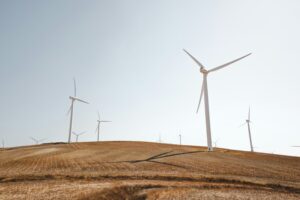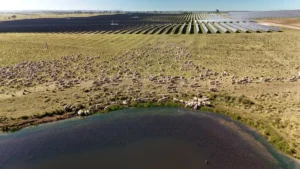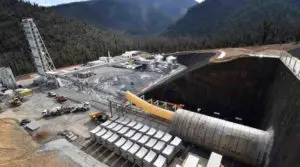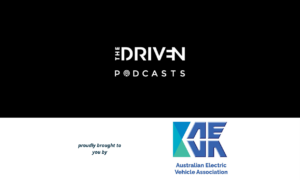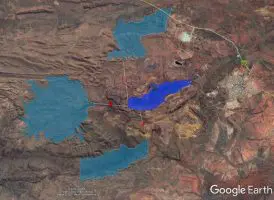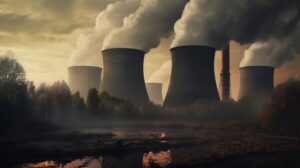Progress continues on Australia’s ground-breaking 2GW Star of the South offshore wind energy farm, with contracts signed for the design of the project’s onshore transmission network and grid connection.
Star of the South said via LinkedIn that it has appointed WSP in Australia to help design the project’s onshore grid integration system – the all-important bit that allows the electricity generated by the turbines in the sea to power homes on land.
The massive project, while still in the very early stages of development, proposes to install 2000MW (2GW) of wind turbines in Commonwealth waters 8-13 kilometres offshore from Port Albert, Victoria. It is being co-developed by Copenhagen Infrastructure Partners, one of the world’s leading offshore wind and infrastructure developers.
The plan has been to link the wind farm to existing transmission infrastructure at the nearby Latrobe Valley – Victoria’s coal power generation hub and home to the now-closed Hazelwood coal-fired power station.
WSP, which has been consulting with Star of the South on the feasibility of the project, said on Thursday it was thrilled to sign up for a role in helping to connect Australia’s first offshore wind farm to the national grid.
“We can’t wait to get started on this Australian first project,” said WSP, in its own LinkedIn update.
“We will be supporting the power system studies, system integration and Front End Engineering Design of the onshore transmission assets for the project.
“With collaboration a key focus in the success of the project, the services will be led by our Victorian Power Team, supported by WSP’s international expertise and local partners Cable Systems Engineering and Stockton Drilling Services.”
So far, the Star of the South has had the green light from federal government for a site exploration in March 2019, and in November deployed wind measuring devices, or floating LiDARs, and a wave buoy, to begin measuring conditions at sea over the course of several years.
Other investigations underway include seabed studies to confirm sea depths and conditions, as well as baseline environmental surveys for marine life and birds.
Local workers were also being trained to service the wind and wave monitoring equipment while it’s out at sea, marking a first for the Australian labour market.


